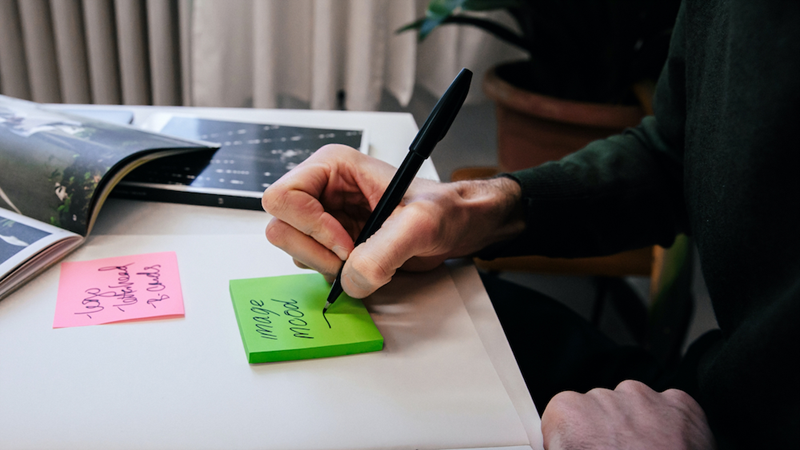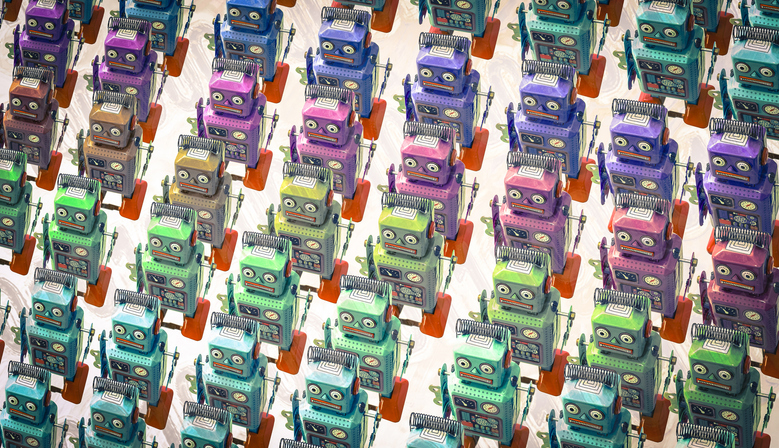Is the Idea of a Universal Aesthetic a Good Thing?

Over the last 15 years working as a Creative Director, I’ve had the opportunity to work with global clients across various industries. I’ve helped companies like Epson roll out a series of interactive campaign elements to introduce new product lines, brought talent search on to the global stage for Intel (the “stage” in this case being a virtual world called SecondLife), and launched large website redesign projects for various globally recognized organizations.
While working on these projects, I often go through the process of drafting ideas that not only inspire, but also appeal to people with a wide range of abilities, disabilities, and characteristics. For those considering how to appeal to diverse audiences, diverging from the mainstream isn’t always a bad idea.
Thanks to the Internet, influencers, and the globalization of ideas, culture is spreading wider and faster than it has at any point in history. Because of this proliferation, designers now have the opportunity to truly shape the universal design language — but is there a downside to this homogenization? Before venturing forward, let’s reflect on aesthetics, appeal, and of course, culture.
Read more: What 2020 Taught Me About Designing with Purpose in 2021
What Are ‘Aesthetics’
The term “aesthetics” was first used by a German philosopher by the name of Alexander Gottlieb Baumgarten in the mid-1700s. Today, we use other interrelated terms like "style," "taste,” and "originality" to describe the perception of aesthetics. In design, we use the term “style” to describe artifacts or visual metaphors that have common characteristics. For example, "Bauhaus" in web design would usually refer to characteristics that are based on a no-frills approach, favoring utility over showmanship.
Visual appeal impacts overall user preference and satisfaction. This satisfaction exists in objectivity and subjectivity—while some aesthetic choices will resonate with most users, others will inevitably fail to land with audiences. The culture, age, and level of education amongst diverse audiences will impact how they perceive design. Take, for example, the color red; Western cultures often associate it with passion and sexuality (think Jessica Rabbit’s dress, lipstick, and hair) while Eastern cultures, particularly those of China, associate the color red with luck and wealth.

How Culture Relates to Aesthetics
Not surprisingly, culture is important. Like, really important. Yet, conversations around culture don’t necessarily happen after a brand push. As designers, we need to continually observe a spectrum of cultures and respond to how it evolves. Culture doesn’t just happen regionally—it exists in a myriad of communities from the virtual to the real, from lifestyles to workplaces. We have to design for and honor each client’s culture however we may define it.
I recently joined The International Academy of Digital Arts and Sciences as a jury member. I see it as a great way to observe culture and see designs flowing in from all over the world. I wanted to find out if I could identify “culture” in these entries, so I tested my mettle to see if I could discern where these projects and designers were from. In most cases, I could not. This just goes to show that good design is truly universal.
We have now progressed to the point where the needs of each culture have come to reflect the needs of others. Logically, good design decisions have become universally adopted around the world more than they ever have before. No doubt about it, this is a win for designers.
But in the groundswell of universal aesthetics, I would argue that we’ve come to lose something crucial—cultural distinction. We see this in neighborhoods today—ever wonder why all the buildings, stores, cafés, and shops feel eerily familiar? Often, rapid commercial growth can lead to entire communities losing their distinctive charm which inevitably will have an effect on their cultures.
With this rise in homogenized design in mind, we need to strike a balance. As designers, we can do this by acknowledging and empowering the relationship between culture and design and how both can influence thinking, trends and ideals. We can strive to integrate the best innovations into the existing culture and balance that with preserving the heritage. We can do this by retaining who we are, which in many ways makes each and every one of us so appealing.
In doing so, we not only avoid sameness and the erosion of unique cultural distinction but celebrate the palette of possibilities that exist around the world today.

Curious to hear more of our thoughts on universal aesthetics and design? Check out our design blog posts, learn more about our design services, or reach out to discuss the design for your next digital marketing project.



